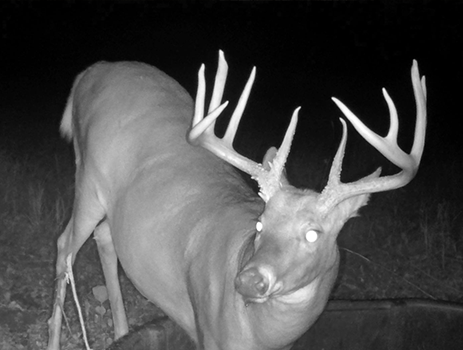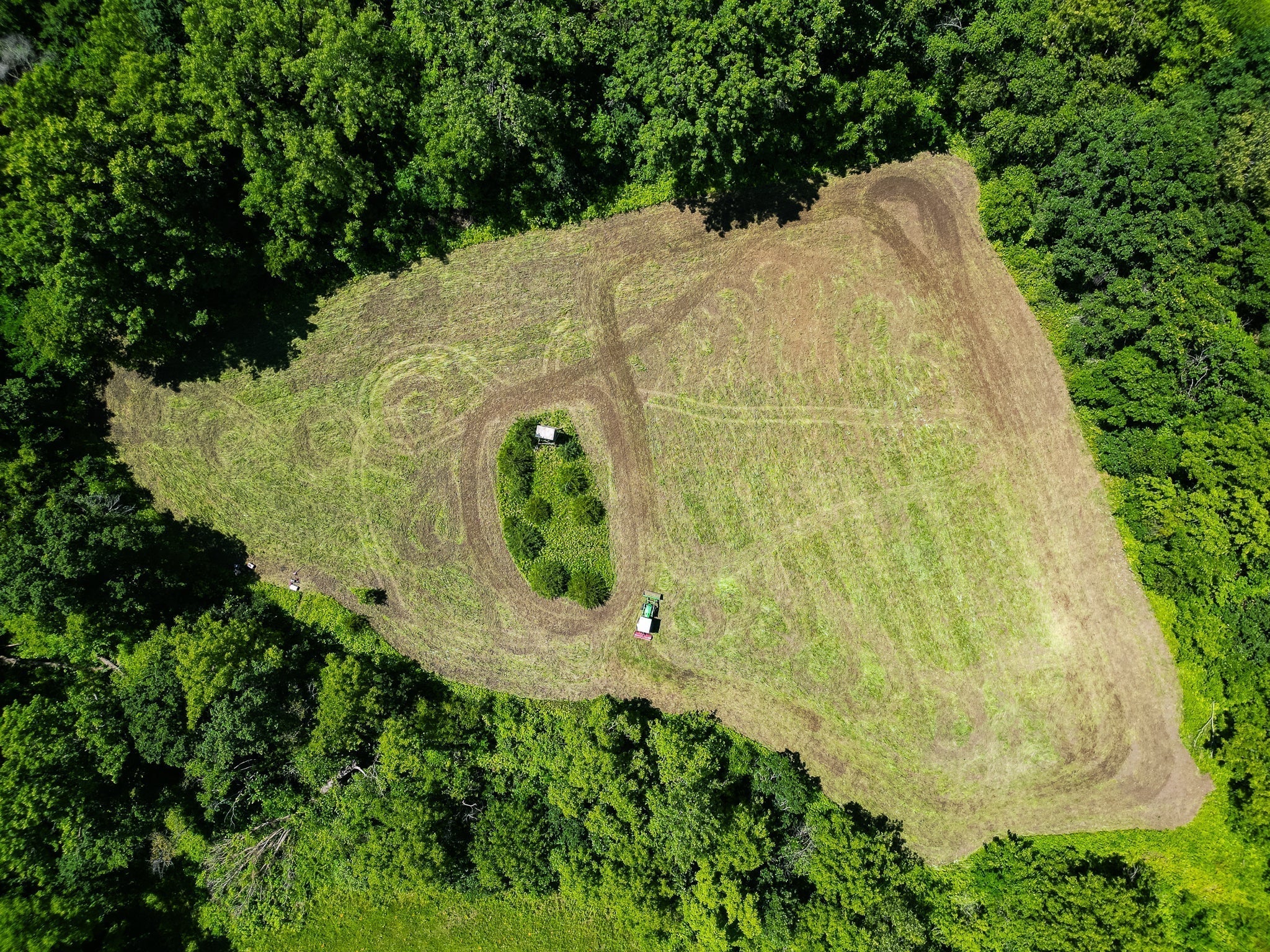Archery season during the whitetail rut is an exhilarating time for hunters. The rut, a period when deer are most active and less cautious, provides an excellent opportunity for bowhunters. To make the most of this exciting time, here are five tips for a successful archery hunt during the whitetail rut.
1. Know the Rut Phases: Understanding the different phases of the whitetail rut is essential for archery hunters. The rut is typically divided into three phases: the pre-rut, peak rut, and post-rut. Each phase brings unique opportunities and challenges.
-
Pre-rut (Early Season): During this phase, bucks are establishing dominance and marking territory. Consider setting up near scrapes and rub lines where bucks frequent.
-
Peak Rut (Mid-Season): This is when bucks are actively seeking does. Focus on funnels, pinch points, and travel corridors where you're likely to intercept deer moving between bedding and feeding areas.
-
Post-rut (Late Season): As the rut wanes, deer are exhausted and hungry. Concentrate on food sources like acorn flats, food plots, or agricultural fields.
2. Rattling and Calling: Rattling and calling can be highly effective during the rut. Bucks are more responsive to these tactics as they seek out potential mates or challenges from other bucks. Here's how to make it work:
-
Rattling: Use rattling antlers to simulate a sparring match between two bucks. Start gently and gradually increase the intensity. Be prepared for a curious or aggressive buck to respond.
-
Calling: Doe bleats and grunts can draw in both bucks and does. Experiment with different calls and observe deer behavior to fine-tune your approach.
3. Set Up Properly: Selecting the right hunting location is crucial during archery season. Look for these key features when choosing your stand site:
-
Bedding Areas: Be close to or downwind of known bedding areas where deer spend their daylight hours.
-
Food Sources: For the post-rut, target food sources where deer feed during their recovery period.
-
Funnel Points: Identify natural bottlenecks, pinch points, and travel corridors that deer use while moving between bedding and feeding areas.
4. Camouflage and Concealment: Effective camouflage and concealment are vital when bowhunting during the rut. Deer have keen eyesight and can spot movement or unusual shapes easily. Here's how to use camouflage and concealment to your advantage:
-
Wear the Right Camo: Invest in high-quality camouflage clothing that matches the terrain in which you're hunting. Opt for patterns that blend with the specific foliage, such as autumn or early winter camo.
-
Face Masks and Gloves: Don't overlook your face and hands. Wear a camo face mask and gloves to hide any exposed skin.
-
Natural Cover: When setting up your stand or ground blind, use natural cover like branches, leaves, or brush to break up your silhouette. Avoid moving vegetation or making any sudden, conspicuous movements.
-
Stay Still: When you spot a deer approaching, remain as still as possible. Use slow, deliberate movements when drawing your bow to avoid catching the deer's attention.
Proper camouflage and concealment can significantly increase your chances of remaining undetected, allowing you to get close enough for a successful shot during the rut.
5. Patience and Observation: Rut hunting requires patience. Be prepared to sit in your stand for extended periods, as the rut can be unpredictable. Pay close attention to deer behavior, body language, and vocalizations to gauge the rut's intensity and adjust your strategy accordingly.
Hunting during the archery season in the whitetail rut is a challenging and rewarding endeavor. By understanding the rut's phases, using rattling and calling effectively, choosing the right stand locations, practicing scent control, and exercising patience, you can increase your chances of a successful archery hunt during this exciting time. Embrace the rut's unpredictability and savor the moments when the woods come alive with the sights and sounds of the whitetail rut.





